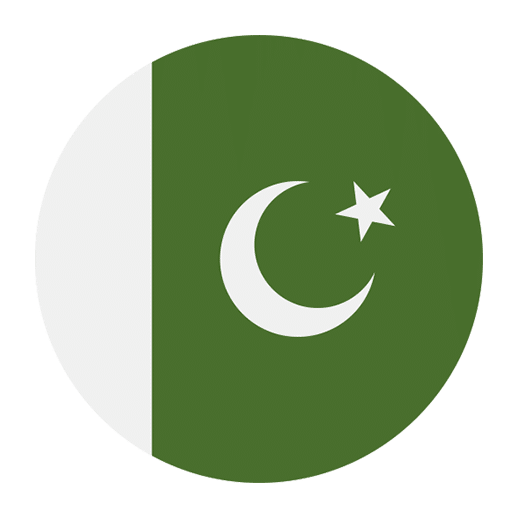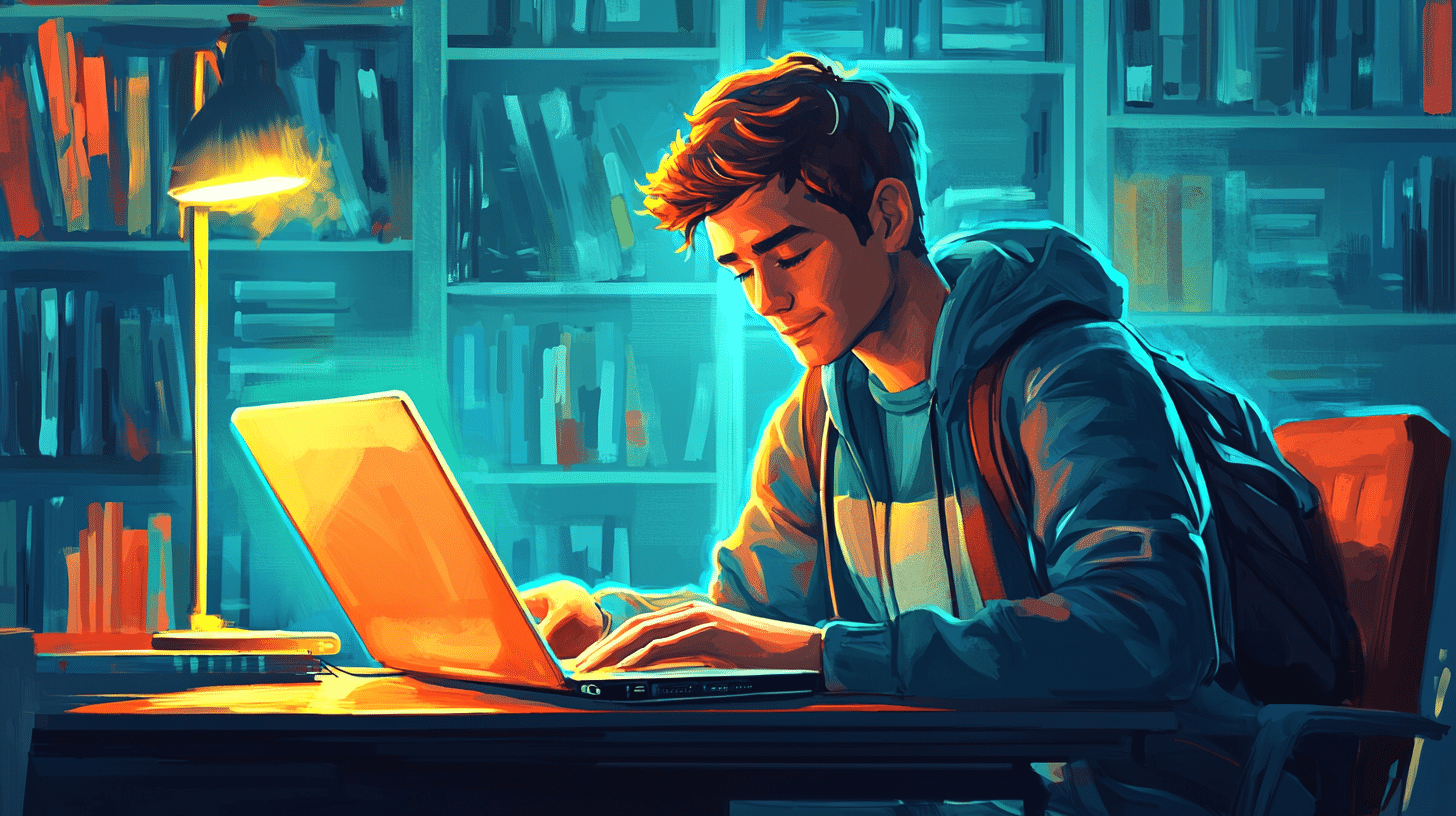Learning a new language is always an exciting journey, and it becomes even more fascinating when you delve into specific areas such as artistic techniques. Urdu, with its rich cultural and literary heritage, offers a plethora of expressions and phrases that are uniquely suited to describe various artistic methods and styles. Whether you are an artist, an art enthusiast, or a language learner, understanding these phrases can enrich your appreciation of both Urdu and the arts.
Understanding Basic Art Terminology in Urdu
Before diving into specific phrases, it’s essential to grasp some basic art-related terms. Here are a few foundational words that will help you navigate through artistic discussions in Urdu.
1. **Art** – فن (Fun)
2. **Artist** – فنکار (Fankar)
3. **Painting** – مصوری (Musavari)
4. **Sculpture** – مجسمہ سازی (Mujasma Saazi)
5. **Drawing** – خاکہ نگاری (Khaaka Nigari)
6. **Technique** – تکنیک (Tekneek)
7. **Style** – انداز (Andaaz)
These basic terms can serve as your stepping stones as you explore more intricate phrases.
Describing Painting Techniques
Painting is a diverse field with numerous techniques, each bringing a unique flair to the artwork. Below are some Urdu phrases that describe various painting techniques:
1. **Brush Strokes** – برش کے اسٹروک (Brush ke Stroke)
– “اس پینٹنگ میں برش کے اسٹروک کی مہارت دکھائی دیتی ہے۔” (Is painting mein brush ke stroke ki maharat dikhayi deti hai.)
– Translation: This painting showcases the skill in brush strokes.
2. **Layering** – تہہ در تہہ (Teh dar Teh)
– “رنگوں کی تہہ در تہہ نے اس پینٹنگ کو گہرائی دی ہے۔” (Rangon ki teh dar teh ne is painting ko gehraai di hai.)
– Translation: The layering of colors has given depth to this painting.
3. **Blending** – ملانا (Milana)
– “رنگوں کو ملانے کی تکنیک بہترین ہے۔” (Rangon ko milane ki technique behtareen hai.)
– Translation: The technique of blending colors is excellent.
4. **Texturing** – ساخت دینا (Saakht Dena)
– “مصوری میں ساخت دینا اس فنکار کی خاصیت ہے۔” (Musavari mein saakht dena is fankar ki khasiyat hai.)
– Translation: Creating texture in painting is this artist’s specialty.
Describing Drawing Techniques
Drawing is another fundamental form of art, often considered the backbone of artistic expression. Here are some Urdu phrases related to drawing techniques:
1. **Sketching** – خاکہ بنانا (Khaaka Banana)
– “خاکہ بنانے کی تکنیک پر عبور حاصل ہے۔” (Khaaka banane ki technique par aboor hasil hai.)
– Translation: Mastery over the technique of sketching is evident.
2. **Shading** – سایہ کاری (Saaya Kaari)
– “سایہ کاری نے ڈرائنگ کو حقیقت کے قریب کر دیا ہے۔” (Saaya kaari ne drawing ko haqeeqat ke qareeb kar diya hai.)
– Translation: Shading has brought the drawing closer to reality.
3. **Cross-Hatching** – ضربی لکیریں (Zarbi Lakeeren)
– “ضربی لکیروں کا استعمال بہت خوبصورت ہے۔” (Zarbi lakeeron ka istemal bohat khubsurat hai.)
– Translation: The use of cross-hatching is very beautiful.
4. **Outlining** – خاکہ کھینچنا (Khaaka Khenchna)
– “خاکہ کھینچنے کی تکنیک نے تصویر کو واضح کیا ہے۔” (Khaaka khenchne ki technique ne tasveer ko wazeh kiya hai.)
– Translation: The outlining technique has made the picture clear.
Describing Sculpture Techniques
Sculpture is a three-dimensional art form that requires a distinct set of skills. Here are some Urdu phrases to describe various sculpting techniques:
1. **Carving** – تراشنا (Tarashna)
– “پتھر کو تراشنے کی تکنیک میں مہارت ہے۔” (Pathar ko tarashne ki technique mein maharat hai.)
– Translation: There is skill in the technique of carving stone.
2. **Modeling** – ماڈلنگ کرنا (Modeling Karna)
– “مٹی کی ماڈلنگ کرنے کی تکنیک لاجواب ہے۔” (Mitti ki modeling karne ki technique lajawab hai.)
– Translation: The technique of modeling clay is remarkable.
3. **Casting** – سانچہ سازی (Saancha Saazi)
– “سانچہ سازی کی تکنیک سے مجسمہ بہت حقیقی لگتا ہے۔” (Saancha saazi ki technique se mujasma bohat haqeeqi lagta hai.)
– Translation: The casting technique makes the sculpture look very realistic.
4. **Assembling** – جوڑنا (Jorna)
– “مختلف مواد کو جوڑنے کی تکنیک منفرد ہے۔” (Mukhtalif mawad ko jorne ki technique munfarid hai.)
– Translation: The technique of assembling different materials is unique.
Describing Artistic Styles
Artistic styles provide a broader context within which specific techniques are employed. Here are some Urdu phrases that describe various artistic styles:
1. **Realism** – حقیقت پسندی (Haqeeqat Pasandi)
– “اس پینٹنگ میں حقیقت پسندی کا عنصر ہے۔” (Is painting mein haqeeqat pasandi ka ansar hai.)
– Translation: This painting has an element of realism.
2. **Impressionism** – تاثریت (Tasuriyat)
– “تاثریت کی تکنیک نے اس پینٹنگ کو منفرد بنا دیا ہے۔” (Tasuriyat ki technique ne is painting ko munfarid bana diya hai.)
– Translation: The technique of impressionism has made this painting unique.
3. **Abstract** – تجریدی (Tajreedee)
– “تجریدی انداز میں یہ فن پارہ بنایا گیا ہے۔” (Tajreedee andaaz mein yeh fun para banaya gaya hai.)
– Translation: This artwork is created in an abstract style.
4. **Surrealism** – مافوق الفطرت (Mafooq-ul-Fitrat)
– “مافوق الفطرت انداز نے اس فن پارے کو جادوئی بنا دیا ہے۔” (Mafooq-ul-fitrat andaaz ne is fun pare ko jadooee bana diya hai.)
– Translation: The surrealistic style has made this artwork magical.
Expressing Opinions on Art in Urdu
Being able to express your opinions on art is crucial for meaningful discussions. Here are some Urdu phrases that can help you articulate your thoughts:
1. **Beautiful** – خوبصورت (Khubsurat)
– “یہ پینٹنگ بہت خوبصورت ہے۔” (Yeh painting bohat khubsurat hai.)
– Translation: This painting is very beautiful.
2. **Unique** – منفرد (Munfarid)
– “اس فن پارے کا انداز منفرد ہے۔” (Is fun pare ka andaaz munfarid hai.)
– Translation: The style of this artwork is unique.
3. **Inspiring** – متاثر کن (Mutasir Kun)
– “یہ آرٹ ورک بہت متاثر کن ہے۔” (Yeh art work bohat mutasir kun hai.)
– Translation: This artwork is very inspiring.
4. **Thought-Provoking** – سوچنے پر مجبور کرنا (Sochne par Majboor Karna)
– “یہ تصویر سوچنے پر مجبور کرتی ہے۔” (Yeh tasveer sochne par majboor karti hai.)
– Translation: This picture makes one think.
Useful Phrases for Art Critique
For those involved in art critique, having a nuanced vocabulary is vital. Here are some phrases to help you critique art in Urdu:
1. **Composition** – ترتیب (Tarteeb)
– “ترتیب میں توازن کی کمی ہے۔” (Tarteeb mein tawazun ki kami hai.)
– Translation: There is a lack of balance in the composition.
2. **Perspective** – نقطہ نظر (Nuqta-e-Nazar)
– “نقطہ نظر کو بہتر انداز میں پیش کیا گیا ہے۔” (Nuqta-e-nazar ko behtar andaaz mein paish kiya gaya hai.)
– Translation: The perspective has been presented in a better way.
3. **Color Harmony** – رنگوں کی ہم آہنگی (Rangon ki Hum Aahangi)
– “رنگوں کی ہم آہنگی شاندار ہے۔” (Rangon ki hum aahangi shandar hai.)
– Translation: The color harmony is splendid.
4. **Depth** – گہرائی (Gehraai)
– “تصویر میں گہرائی کی کمی ہے۔” (Tasveer mein gehraai ki kami hai.)
– Translation: The picture lacks depth.
Conclusion
Mastering these Urdu phrases for describing artistic techniques will not only enhance your language skills but also deepen your appreciation for art. Whether you are discussing a beautiful painting, a thought-provoking sculpture, or a unique drawing, these phrases will help you express your thoughts eloquently. Language and art are both rich forms of human expression, and combining them can lead to a more profound understanding of both. So, immerse yourself in the world of Urdu and art, and discover the beauty that lies within.

